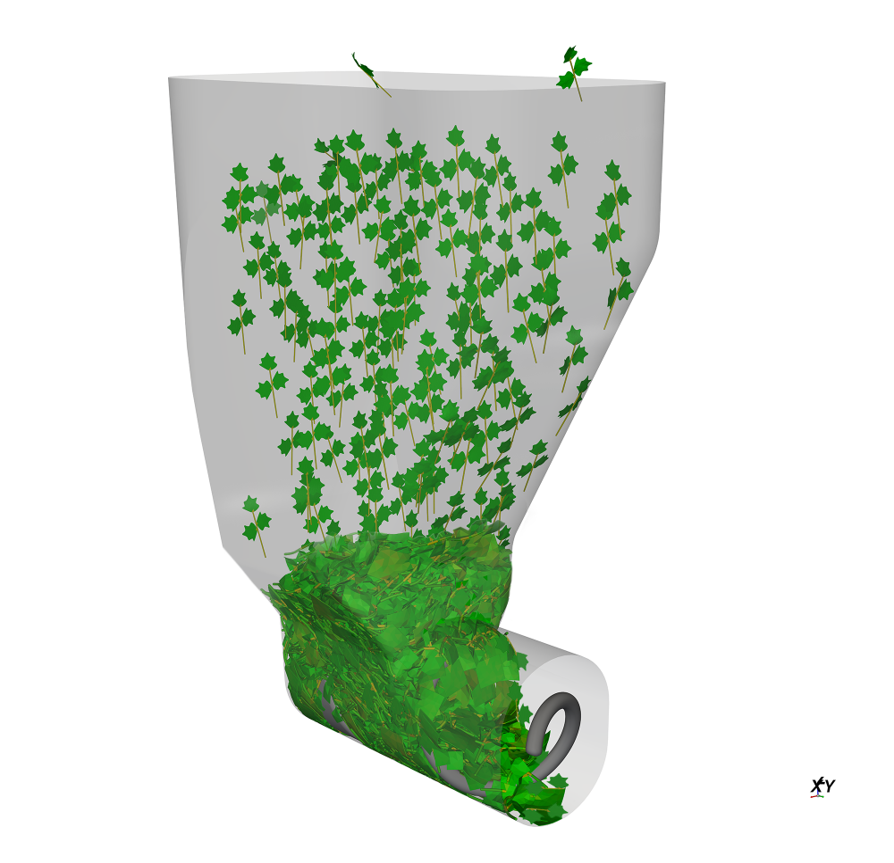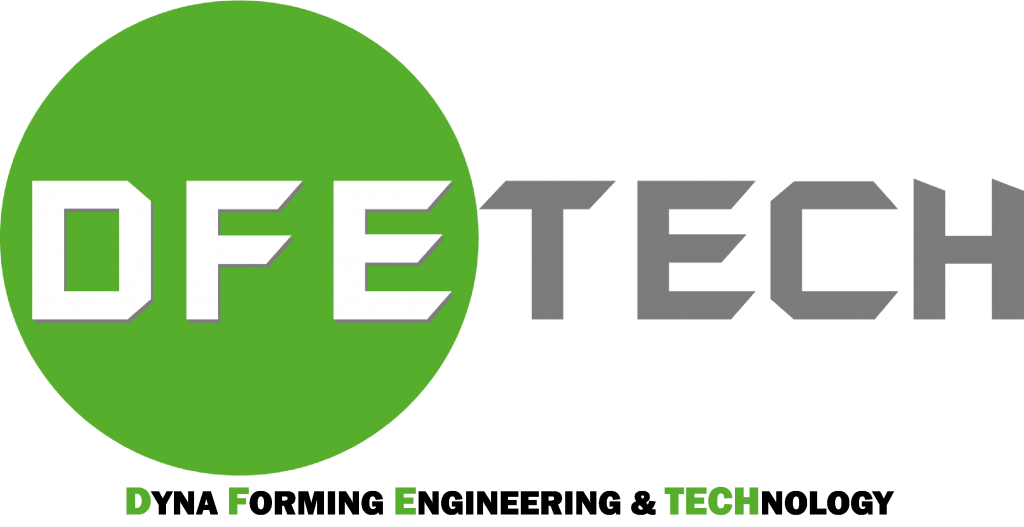Ansys 2024R2 is Released!
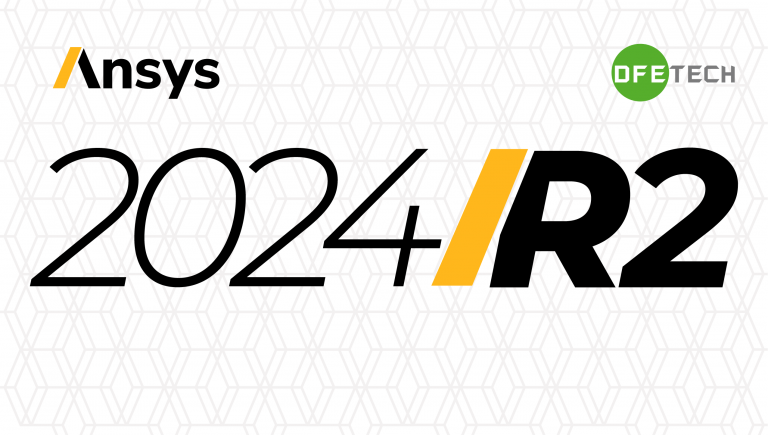
Ansys 2024 R2 enables distributed engineering teams with new technologies and improved performance to drive industry innovation forward. It combines an exceptional range of enhanced numerics capabilities, performance improvements, and cross-disciplinary engineering solutions to equip organizations with advanced physics solvers, scalable GPU-based computing, and seamless workflows.
Buttons below will lead you to ANSYS 2024 R2 updates session in different Ansys product families:
STRUCTURAL
In 2024 R1, the Structures Product Line delivers new features and capabilities enabling users to efficiently solve larger, more complex models, including:
- Accessing and interacting with Mechanical is more flexible and efficient than ever, with new dark and light themes maintaining consistent user experience across Ansys products, as well as a standalone version of Mechanical offering easier access for scripting and single-model analyses.
- Improved noise, vibration, and harshness (NVH) simulations with major enhancements for streamlining vibro-acoustic workflows, including:
- Dedicated meshing workflows for BEM, internal, and external FEM acoustics simulations reduce total meshing time of complex geometries by 12X by streamlining the meshing process.
- FEM acoustics simulations can see performance improvements ranging from 5-50X, in terms of memory, solve time, and disk space, with frequency-based acoustics adaptivity, a new load mapping architecture, and order-based harmonic analysis for frequency spacing.
- To fully support end-to-end NVH workflows, all capabilities of Ansys Sound Pro and Ansys LS-DYNA acoustics solvers are now included in Mechanical Enterprise.
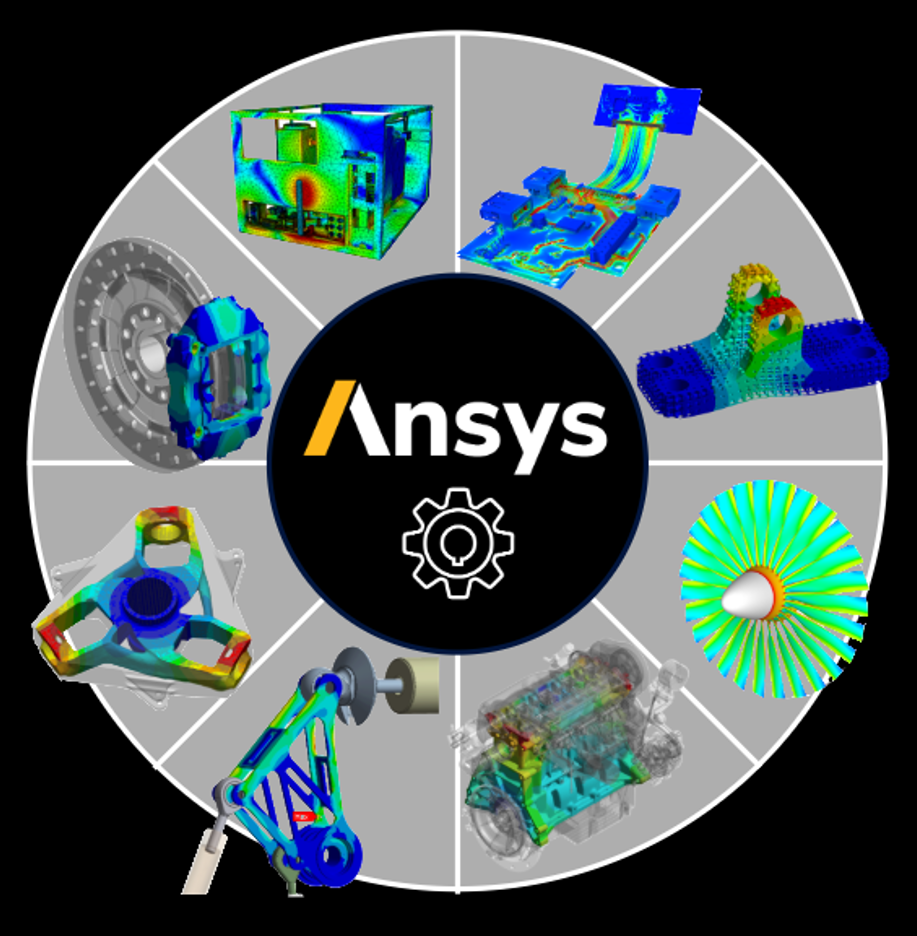
- In 2024 R1 with the R15 LS-DYNA solver version, we introduce a new eigenmodes solver called Fast Lanczos for large models with large number of modes computed. This solver is more accurate with faster performance when compared to current approaches. For an electric car model, the Fast Lanczos solver was about 8X faster when compared to traditional Lanczos solver
- With PySherlock, users can automate Sherlock’s capabilities using Python-based APIs and integrate seamlessly with other technologies.
- Sherlock is now available on Linux, which allows users to choose the operating system that is best suited to their needs and preferences.
MATERIALS
Ansys Granta: Enabling Accurate Multiphysics Simulations
Ansys Granta 2024 R2 brings forward a plethora of new features and enhancements for enhancing multiphysics simulation, enabling seamless environmental impact evaluation and boosting performance and productivity. From data updates, new BoM Analyzer functionality for sustainability, improved integrations and better performance and diagnostics, Ansys Granta 2024 R2 makes it easier for engineers and designers to do more while ensuring the accuracy of their simulations.
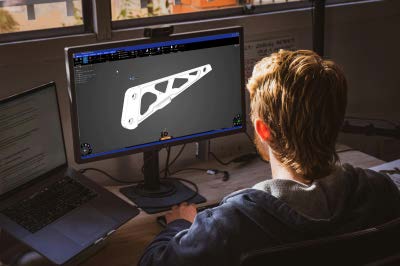
Enhancing Multiphysics simulation
- Enriched material data for JAHM, Global Polymers, High-Temperature Alloy Data, and Electromagnetics.
- Plasticity models added to unique Material Calibration tool for Ansys Mechanical.
- Subscribe to Favorites from MI Materials Gateways.
Sustainable Design with Material Insights
- Sustainability Graph comparison: Compare Bills of Materials (BoMs) and set baselines, directlywithin BoM Analyzer
- Sustainability Favorite filters: Filter the assignment trees by favorites lists
- Sustainability analyze: Configure to automatically run analysis when loading BoM from Gateway
- Over 4,000 new records covering a range of sectors in Advanced Materials – Eco
Boosting productivity and performance
-
- Easy sharing of selection criteria to boost team efficiency and knowledge about selection.
- Enhanced performance and optimized resource usage to keep your system running smoothly.
- New STK examples guiding the user through how to structure reporting and how to analyze data revisions.
ELECTRONICS
Ansys Electronics continues to demonstrate its multi-decade leadership in computationalelectromagnetics and multiphysics simulations. The Electronics product collection supports innovativeproduct development for a broad range of markets and applications. In the 2024 R2 release,improvements to existing products include simulation performance, meshing, pairing with otherAnsys tools, workflows and modeling capabilities.
In addition, the Electronics product collection has introduced 3 new products in Q2, 2024:
- Ansys ConceptEV
- Ansys HFSS-IC
- Ansys Perceive EM

Ansys Maxwell
Ansys Maxwell for Consumer Electronic Devices & Electric Machines: Widely used in motor design, Maxwell is increasingly being used by the world’s top consumer electronics companies, who are also our customers.
The advanced EM field solver addresses many design challenges in the consumer electronics market. These challenges are found in numerous applications, such as in wireless charging, PCB/ECAD magnetics, power supplies, magnetic latching, loudspeakers, and more. Permanent magnets are found in consumer electronics (i.e. tablets, phones, smartwatches, AR/VR goggles, earbuds/headsets ,etc.) where they contribute to Tx-Rx alignment, holding parts together, and sound generation. In this release, Maxwell serves this market with the following new capabilities:
- Eddy current A-Phi solver, which facilitates the calculations of RLCG, current densities, and frequencies.
- DC & AC Fields combination, which enhances the understanding of device’s performance and allows for a visualization of the frequency AC behavior and DC bias behavior.
Maxwell is ideally suited to address the challenges in the consumer electronics market and is an effective competitive tool against Cadence, who is not offering low frequency EM tools. Maxwell can be sold wherever HFSS is sold!
For electric machine applications, Maxwell offers a new solution technique called Continuum Air (pat.pend.), which is a modification of the transient solver, to achieve higher quality motor design. Users can obtain increased accuracy on the cogging torque and better handling of the non-constant timesteps and rotor speeds.
Ansys Motor-CAD
Ansys Motor-CAD for Electric Machines: The unmatch market leading and multiphysics motor design simulation tool now offers capabilities that are further widening the competitive gap. Some of these new capabilities are:
- Added three (3) new cooling methods
- Upgraded workflows; extending the capability of the Adaptive Templates
- Introduced eccentricity modeling for Induction Machines
- Applied High Fidelity Efficiency mapping enhancements
- Other Improvements: Thermal Graphs Load & Save Feature, Motor-CAD Lab module-MaxwellSplit Analysis, NVH enhancements, and more!
These improvements will give users not only more design flexibility, but also more opportunities toinnovate and produce electric motors that are more efficient, performant, and competitive.
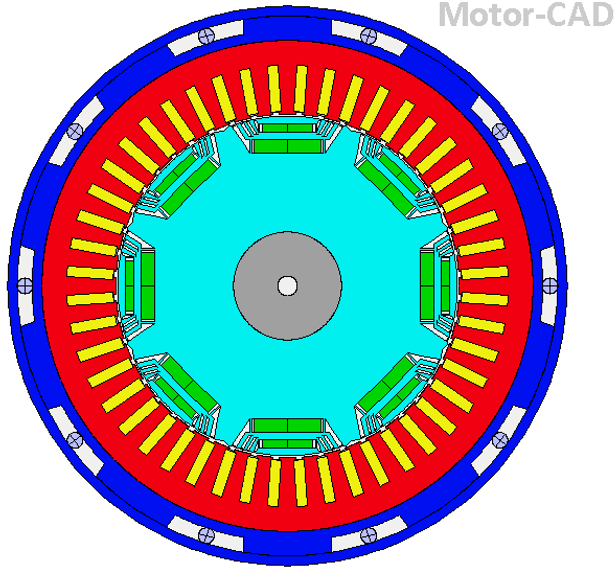
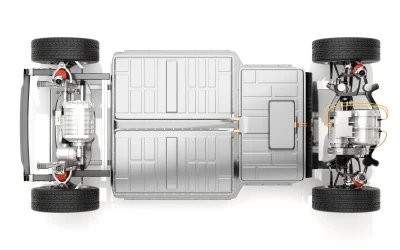
Ansys ConceptEV
Ansys ConceptEV for EV Powertrains: The EV powertrain design and simulation platform was officially launched on June 20, 2024 with a Press Release. You can find more information aboutthe product on the Ansys web page. This new tool promises to revolutionize the approach topowertrain development by integrating simulation and collaboration, empowering System andComponents Engineering teams to create optimal solution. ConceptEV allows these cross-functionalteams to:
- Produce more efficient & competitive EV powertrain designs
- Accelerate time to market
- Boost innovation & team engagement
- Achieve cost targets
3D DESIGN
Ansys Discovery’s latest 2024R2 release accelerates geometry modeling by up to 10X, improves simulation confidence, and introduces the first full release of its new breakthrough GPU meshing technology for improved accuracy and reduced memory footprint.
Accelerated Model Preparation – Prepping models for simulation is now faster and easier than ever. Thanks to performance optimizations and smarter data model updates, making geometry changes in Discovery with large models is now 10X faster than in the prior release. An improved hide face workflow, view clipping tools, and a new shrink-wrap approach make even the most challenging scenarios simple to handle.
Fault Tolerant GPU Meshing – A new breakthrough GPU meshing method improves accuracy without sacrificing robustness for fluids simulations. Capture small model details, such as flow constrictions, baffles, or grates using local size controls. Use large sizes to coarsen in areas of lower importance and reduce GPU memory requirements without sacrificing accuracy.
Simulation Made Easy – Automated bolt assessment extracts design insight directly from simulation results eliminating the need to manually compare result values to standard code checks. Mesh qualityvisualization and automatic result verification further increase simulation reliability, aiding betterdecision-making.
These updates facilitate faster, more reliable, and insightful design processes than ever before.
FLUID
In Ansys 2024 R2, the Fluids product line continues to deliver critical enhancements that improve solver performance, end-user productivity, and provides new capabilities for complex use cases. The Fluent Multi-GPU Solver now supports AMD GPU cards, parametric studies, and expanded physics to accommodate new industry applications. In addition, the recently launched Fluent Web Interface has new usability and productivity enhancements to improve the overall user experience.
Ansys Fluent
- Expanded Use Cases and Hardware Options for the Fluent GPU Solver:
- Support is now available to run the Fluent GPU solver on AMD GPU cards to enable broader hardware options for our users. New models and physics added to the solver include compressible flows, DO radiation, Adiabatic FGM models, anisotropic conductivity and more.
- New Functionality within the Fluent Web User Interface:
- In 2024 R2, updates to the Fluent Web Interface include usability improvements, including a template for connecting to HPC, multi-select context menu, multi-edit support, copy/paste within and across sections, grouping of items in list view and outline tree and much more.
- Aerospace Advancements:
- In 2024 R2, there are substantial enhancements to the Fluent AeroWorkspace – a workspace that provides automated best practices for external aerodynamics studies. The virtual blade model (VBM) is now compatible with the DBNS solver and Fluent Aerobest practices. Parametric post-processing, automation for turbulence model selection based on the Reynolds number and automated PUMA mesh adaption are now available.


Ansys CFX and Turbo Tools
For Ansys CFX, Time Decomposition provides huge speed up for Harmonic Analysis, while Domain Interfaces with mixed fluid-fluid and fluid-solid connections simplify case setup and Dynamic Variables provide a new way to aid convergence of steady-state simulations.
For TurboGrid, automated meshing for complex features that intersect periodics using HybridMeshing is now fully released. Workbench lets you set TurboGrid components to “Run in Background” and they are updated concurrently instead of sequentially.
- PyTurboGrid provides powerful meshing automation with Python
- Blade Builder supports low-fidelity and high-fidelity geometry generation
Ansys Rocky
- Ansys Mechanical Coupling Enhancements include Mechanical 2-way Structural Coupling, Automated Data Transfer Inside Workbench for static/transient analysis, Rocky-Mechanical HTC(Heat Transfer Coefficient) Data Transfer.
- Perform DEM / SPH simulations leveraging shell flexible particle assembly, transient point cloud support and importing translations and rotation motion profiles as a .csv/.xlsx, Energy Spectracalculations available for CGM cases.
- Pre & Post Processing: Direct integration of Rocky with Ansys EnSight and IISPH (Implicit Incompressible Smooth Particle Hydrodynamics) new user interface under Rocky GUI.
